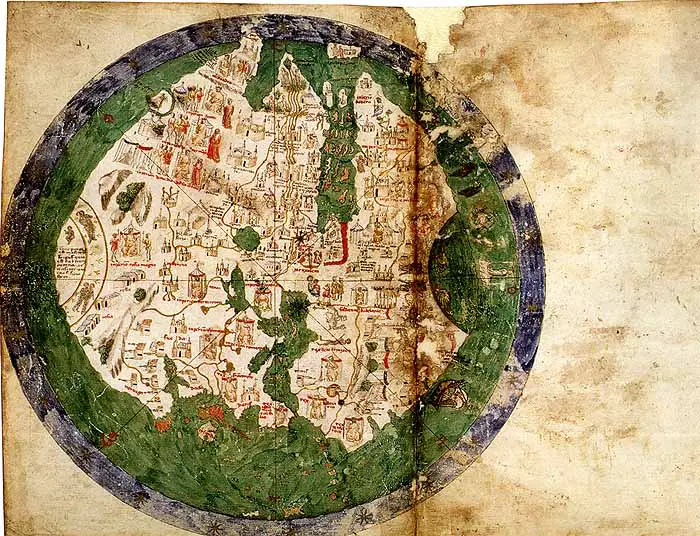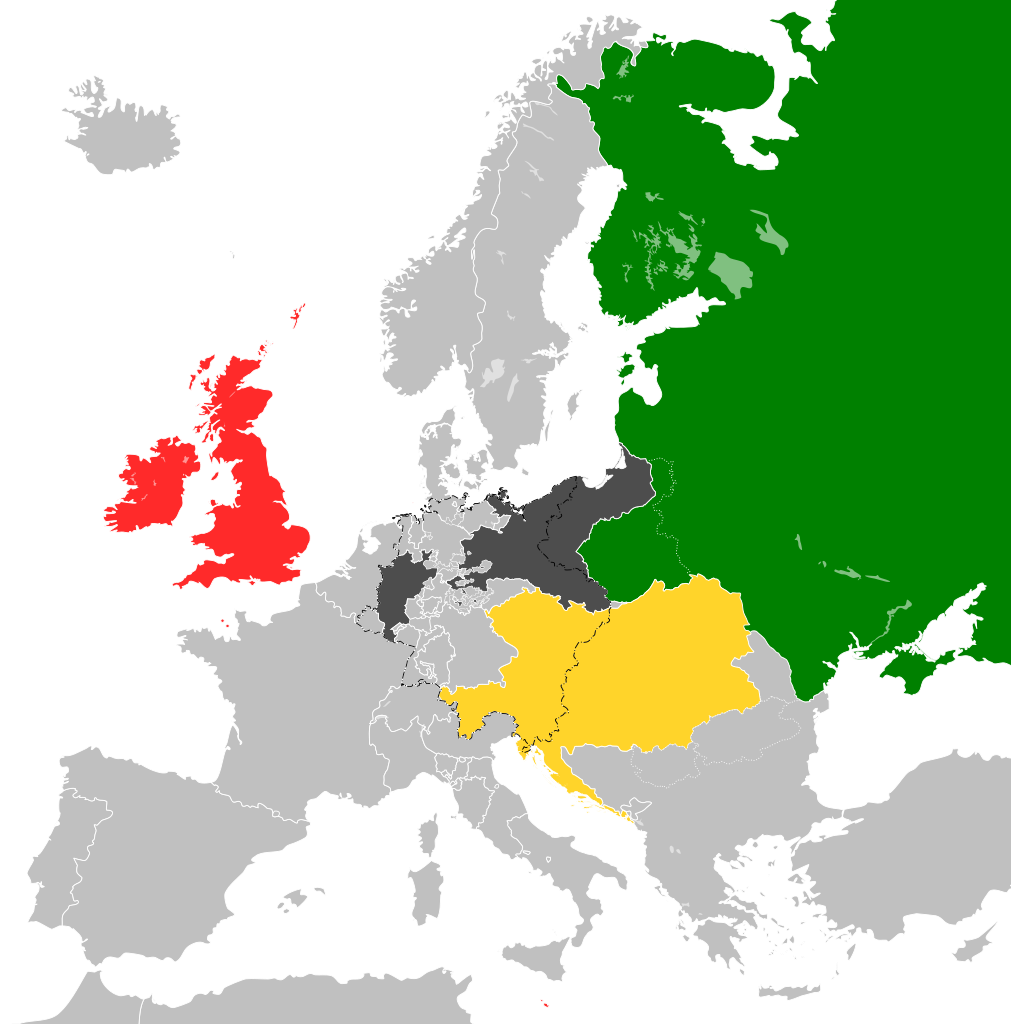Map of the Ancient Roman World from Their Perspective
The Roman Empire became the most dominant power in the world between AD 98 and 117. This dominance was achieved through a mix of military strength, political adaptability, and economic growth, which drastically reshaped the Mediterranean and beyond.
Naturally, the Romans saw themselves as the center of the world. Their ancient maps reflected this perspective, showing a Roman-centric view of geography that highlighted the empire’s reach and influence. Below are two notable Roman-era maps that give us insight into how the Romans perceived their place in the world.
Orbis Terrarum

The Orbis Terrarum (meaning “Circle of the Lands”) represents how Romans envisioned the known world. While the original version of this map has not survived, reconstructions and references in historical texts give us a sense of its structure. The map typically placed Rome at the center, with Europe, Africa, and Asia arranged around it. The Mediterranean Sea, referred to as Mare Nostrum (“Our Sea”), was the focal point, reflecting the Roman belief that their empire was the heart of civilization.
Orbis Habitabilis Ad Mentem Popmpnii Mela
This map was created around AD 43 by Pomponius Mela, the earliest known Roman geographer. Mela was born in Tingentera (modern Algeciras, Spain) and died around AD 45. His work, De Chorographia, was the first geographical treatise written in Latin, and it became a key reference for Roman scholars.
Pomponius Mela divided the Earth into five climatic zones:
- Two polar zones (uninhabitable due to extreme cold)
- A central torrid zone (uninhabitable due to extreme heat)
- Two temperate zones (the only habitable regions)
Mela speculated about the existence of Antichthones — hypothetical inhabitants of the southern temperate zone, separated from the northern regions by the torrid zone and therefore unreachable.
He also described the Caspian Sea as a gulf of the Northern Ocean, mirroring the Persian Gulf and the Red Sea in the south — a view shared by many classical geographers of the time. India was positioned at the southeastern corner of Asia, with the shoreline curving northward toward Scythia and then westward toward the Caspian Sea.

Mela’s map reflects not only the Romans’ limited understanding of global geography but also their confidence in their place at the center of the civilized world. Despite its inaccuracies, it remained influential for centuries.









Can I get a higher quality version of the first image?
This map is fake one. There isnt mentioned Armenia. This one is real.
that’s Agrippa’s map several decades earlier.